There are several stages that need to take place before your favourite wine makes it way from the vineyard to your table. There are also numerous factors that can affect how good a particular vintage is and whether a harvest is successful or not, including the weather and location of the vineyard.
Wine grapes
You might be surprised to learn that there are over a thousand different varieties of grape but almost 80% is made from 20 different kinds. These can be particular to a certain country or region and vary in their colour as well as sweetness and acidity. A new vineyard can take several years to establish before it produces grapes that can be used in wine. Older, more established vineyards will have plants that are anywhere between 50 and a hundred years old. The oldest vine on record dates back to the 17th century and can be found in Lent in Slovenia. Ever heard of juhfark, obaideh, chasselas, saperavi, voskehat, khatun khardj or areni grapes?
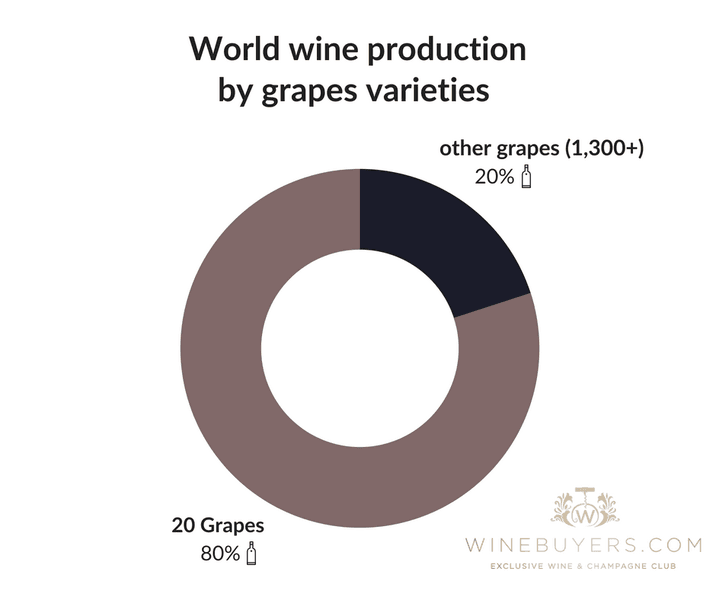
Buds
Vines are normally pruned and cut back while they are dormant over the winter. Once spring arrives however, each plant will start producing small buds and shoots as the weather gets warmer. The balance between buds and shoots is achieved through further pruning and getting the right balance between the two is important for the success of the harvest. The first buds in a location like France or Germany tend to appear in March. Factors such as temperature can have a huge impact at this early stage of development. A sudden cold snap can mean the vines become damaged at an early stage and don’t develop properly. In these months, vintners spend a lot of effort trying to protect the crop.
First fruits
By May, the first fruits start to appear. This is an equally important time as it will tell the vineyard owners what sort of yield they are likely to get. Teams will regularly inspect the vineyard and cut away clusters that aren’t developing properly so that the final harvest has a higher percentage of healthy grapes.
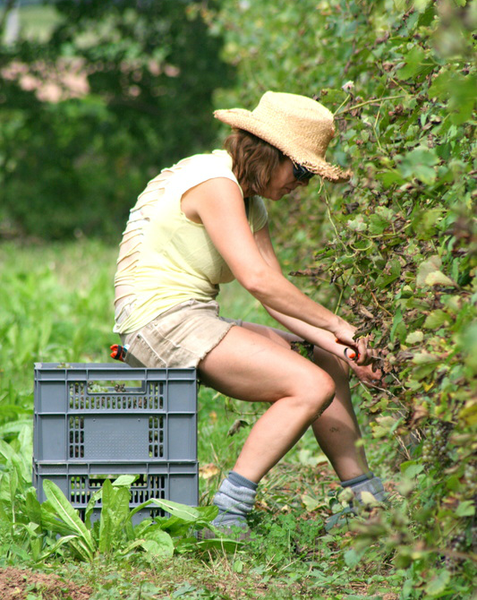
Château de Monfaucon, Nobody's Perfect, Entre-Deux-Mers, France
Veraison
During the warmth of summer, ‘veraison’ is the moment when the grapes start to plump up. This process is more visible in red grapes as they start to change colour over a period of weeks.
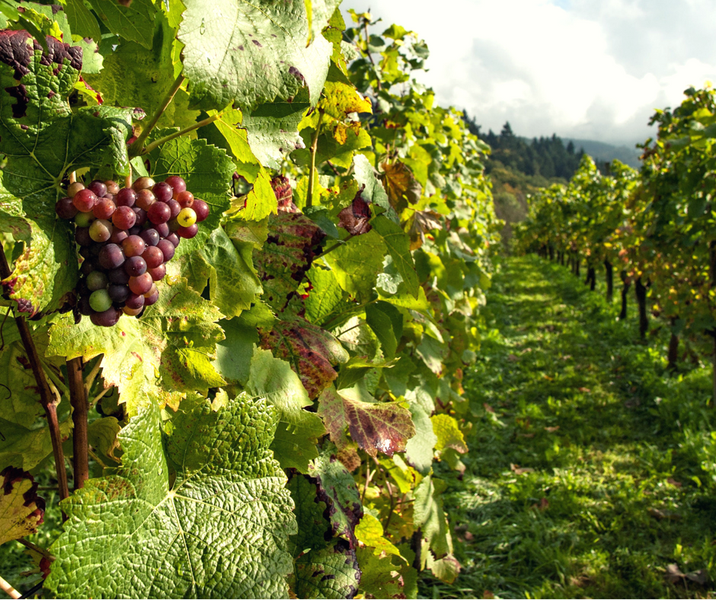
Harvesting grapes
When to start harvesting grapes in a vineyard will depend on the variety and location. The temperature can have a big effect too – when it’s very hot, the date of harvest speeds up. If there’s a cooler period, however, the vineyard may need to delay picking for a while. Grapes used for sparkling wine are harvested before other varieties, sometimes as early as July, while white wine grapes are typically collected around August and September in regions like the Loire. Red grapes are generally the last to be harvested, around September and even October in European countries.
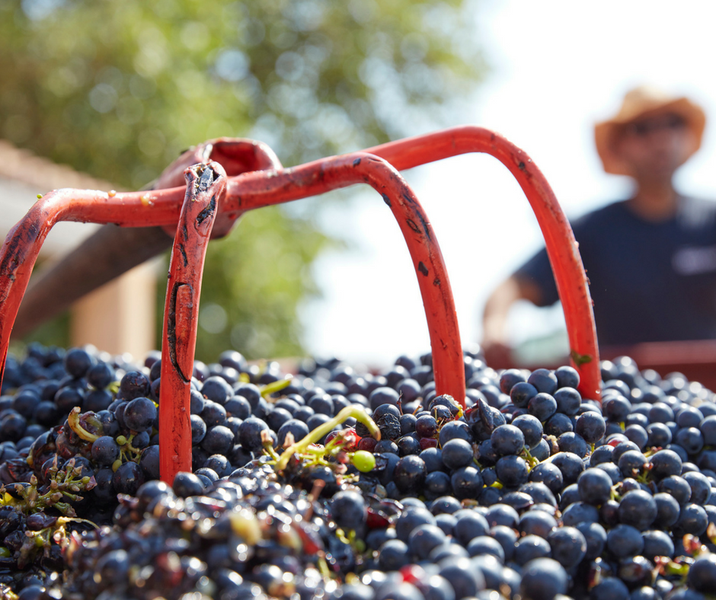
Domaine Rouge-Bleu, harvest 2017, via The Fine Wine Importers @AndyHaslam
Harvests can either be carried out mechanically or by manual workers. Many vineyards still stick to the old practices with teams of seasonal staff employed to do the work. Picking will often start early in the day when it is cool to avoid any chance of the grapes beginning to ferment if they are crushed in transit.
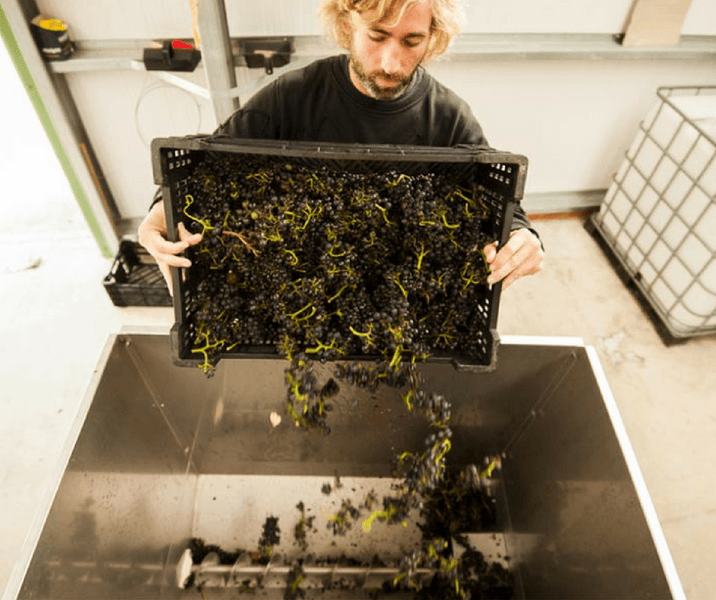
Grapes harvest at Blackdown Ridge Estate, Sussex
Crushing and pressing grapes
In the old days, getting the juice out of grapes used to involve people standing on them in a huge barrel or container. Nowadays the red grapes are crushed to break them open and the white grapes are pressed to removed their juice, generally by a mechanical device. There are various different methods for dealing with different grapes, both red and white and practices vary from region to region.
Primary and malolactic fermentation
The next step is to let the yeast begin the fermentation process. For red grapes, this process is followed by pressing to get rid of the solid matter and leave just the liquid. The young wine is then moved to oak barrels for ageing. If a rosé is being made, the solid grapes spend less time in the liquid so that the final colour is paler. What happens to white grapes after primary fermentation depends on the variety. Some, like Chardonnay, will be encouraged towards further fermentation while other varieties such as Sauvignon try to avoid this stage. Malolactic fermentation is an important stage for all red wines and certain white ones like Chardonnay. This takes place during the ageing process and is where malic acid is converted to lactic acid. It’s this process that gives white wines a creamy taste or makes red wines feel smooth and rich on the palate.
Wine thief
Once the malolactic fermentation stage is finished, most vineyard owners will add sulphur to stabilise the wine. They will then use a specialist tool called a ‘wine thief’ to taste each barrel or container at regular intervals. Once the wine is ready to be bottled, it is racked, filtered and sediment removed before it is ready to be finally uncorked. When you next sit down with friends to open a bottle of fine wine, you may want to lift a glass in salute to the people who worked so hard to get it to your table.
Join our club to learn more about wine and discover our wine collection.


:fill(white):fill_transparent()/sylius_prod/blog/direct-from-vineyard-menu.png)
:fill(white):fill_transparent()/_static/mega-menu/spirits-direct-from.png)
:fill(white):fill_transparent()/_static/mega-menu/offers-best-wine-and-spirits-deals.png)
:fill_transparent()/sylius_prod/blog/domaine-rouge-bleu-andy-haslam.png)
No comments
Leave a comment